Powder packaging is a critical process across numerous industries, from food and pharmaceuticals to cosmetics and chemicals. Achieving accurate, hygienic, and efficient packaging of powdered products relies heavily on specialized powder packaging machines. These sophisticated pieces of equipment are designed to handle the unique characteristics of powders, which can range from free-flowing granules to fine, dusty materials. While there are various types of powder filling equipment, their core function remains the same: to precisely measure and enclose powdered substances into containers.
The Fundamental Steps of Powder Packaging
Regardless of the specific powder packing machine model, the process generally involves a series of integrated steps:
1. Product Feeding and Storage
The journey begins with the powder being fed into the machine. Typically, this involves a hopper, a large funnel-shaped container that holds the bulk powder. Depending on the powder's characteristics and the machine's design, various feeding mechanisms might be employed:
-
Agitators: For powders that tend to clump or bridge (stick together), agitators within the hopper keep the product moving and prevent blockages, ensuring a consistent flow to the filling mechanism.
-
Conveyors: For automated lines, the powder might be transferred from a bulk storage unit to the machine's hopper via screw conveyors (augers) or pneumatic conveying systems.
2. Dosing and Filling
This is the heart of the powder filler. Accurate dosing is paramount for product consistency, cost control, and regulatory compliance. The most common method for powder filling is using an auger filler.
-
Auger Filling: An auger filler uses a precisely engineered screw (the auger) that rotates within a tube. As the auger turns, it displaces a specific volume of powder downwards into the container. The number of rotations directly correlates to the amount of powder dispensed. This method is highly effective for both free-flowing and non-free-flowing powders, offering excellent accuracy. Many modern powder dosing machines feature servo-driven augers for even greater precision and control over the filling speed and volume.
-
Volumetric Filling: Some machines might use volumetric cups or pistons, especially for more free-flowing granular powders, where a specific volume is measured and dropped into the container.
-
Net Weight Filling: For applications requiring extremely high accuracy, some powder bagging machines or powder sachet packing machines might incorporate load cells for net weight filling. Here, the container is weighed as it's being filled, and the machine stops once the target weight is reached, compensating for variations in powder density.
3. Container Handling
Simultaneously with the filling process, the machine manages the containers. This can vary significantly based on the type of packaging:
-
Bags/Pouches: For vertical form fill seal (VFFS) machines, a roll of film is formed into a bag, sealed at the bottom, filled with powder, and then sealed at the top.
-
Bottles/Jars/Cans: For rigid containers, a conveyor system transports them to the filling station. Indexing systems ensure that containers are precisely positioned under the filling nozzle. Rotary machines might use a star wheel to continuously move containers through the filling and sealing stations.

4. Sealing and Closing
Once filled, the container needs to be securely sealed to protect the product from moisture, contamination, and spoilage, and to prevent leakage. The sealing method depends on the packaging material:
-
Heat Sealing: Most flexible packaging (bags, pouches) is sealed using heat bars or jaws that melt and fuse the film layers together.
-
Capping/Lidding: Bottles and jars are typically sealed with screw caps, snap-on lids, or induction seals.
-
Bag Stitching/Sewing: For large industrial bags, stitching machines might be used.
5. Output and Downstream Processes
After sealing, the packaged product is discharged from the powder packaging equipment. It may then proceed to other stations for:
-
Date Coding/Batch Printing: Applying expiry dates, manufacturing dates, or batch numbers.
-
Labeling: Applying product labels.
-
Cartoning/Case Packing: Placing individual packages into larger cartons or cases for shipping.
-
Weight Checking: In-line checkweighers can automatically reject packages that are outside the acceptable weight range.
Key Technologies and Features
Modern powder packaging solutions often incorporate advanced technologies to enhance performance:
-
Servo Motors: Provide precise control over auger rotation, film pulling, and other movements, leading to higher accuracy and speed.
-
Programmable Logic Controllers (PLCs) and Human-Machine Interfaces (HMIs): Allow operators to easily set parameters, monitor performance, and troubleshoot issues. Recipes for different products can be stored and recalled.
-
Stainless Steel Construction: Essential for hygiene, especially in food and pharmaceutical applications, preventing contamination and allowing for easy cleaning.
-
Dust Extraction Systems: Critical for fine powders, these systems prevent dust from escaping into the environment, ensuring operator safety and maintaining cleanliness.
-
Nitrogen Flushing: For oxygen-sensitive powders, nitrogen gas can be flushed into the package before sealing to displace oxygen and extend shelf life.
Choosing the Right Powder Packaging Machine
Selecting the appropriate powder packaging system depends on several factors:
-
Type of Powder: Is it free-flowing, dusty, sticky, or abrasive?
-
Desired Accuracy: What level of fill precision is required?
-
Production Capacity: How many packages need to be filled per minute or hour?
-
Packaging Type: Bags, pouches, bottles, jars, cans, or other containers?
-
Budget: Semi-automatic fillers are more economical for lower volumes, while fully automatic lines represent a higher investment for large-scale production.
Understanding the intricate workings of a powder packaging machine highlights its crucial role in ensuring product quality, efficiency, and safety in modern manufacturing.


 English
English Español
Español عربى
عربى
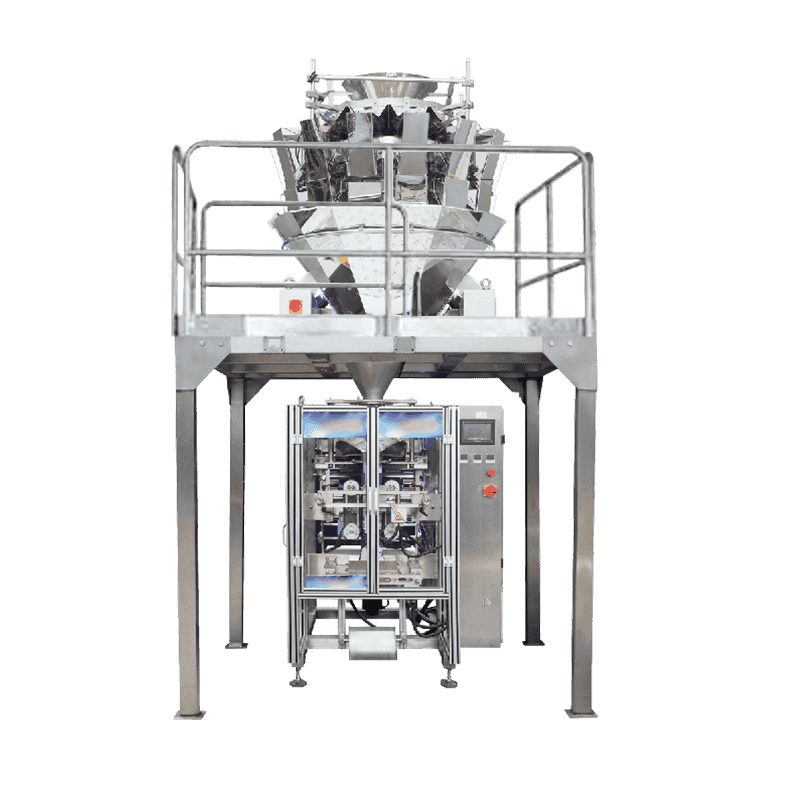

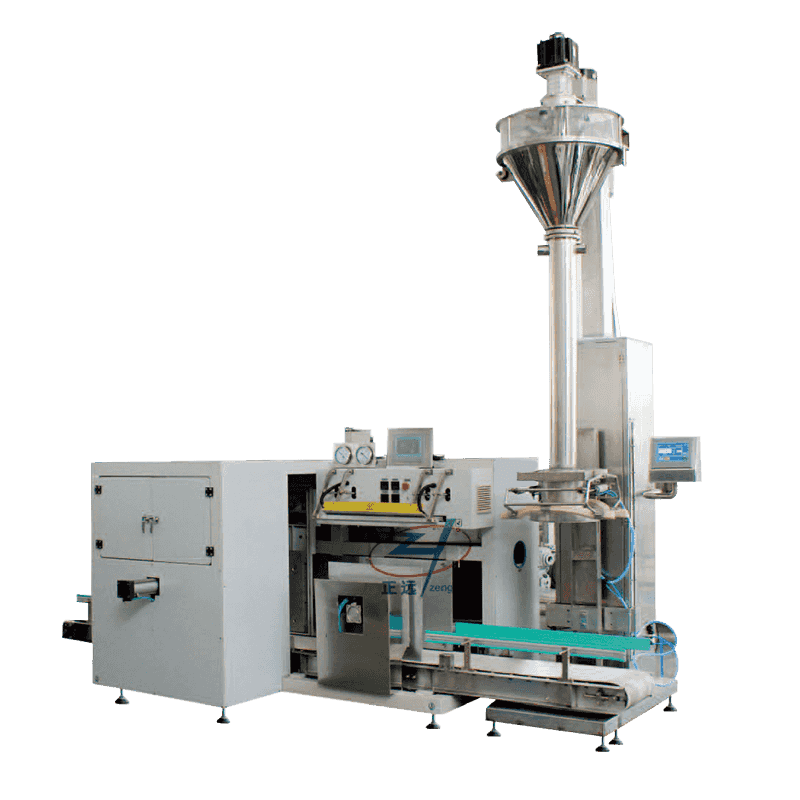
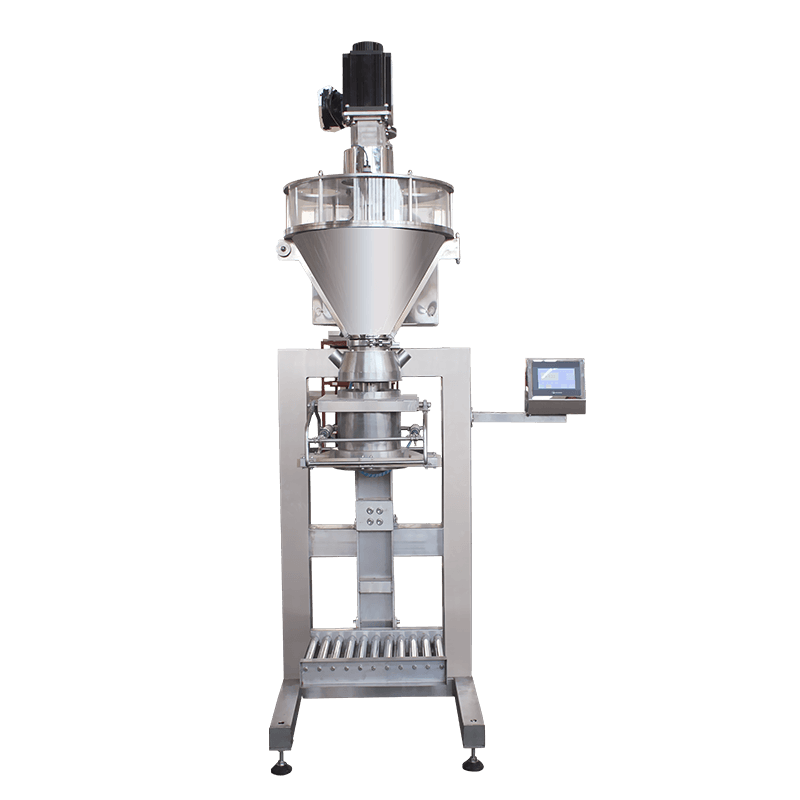
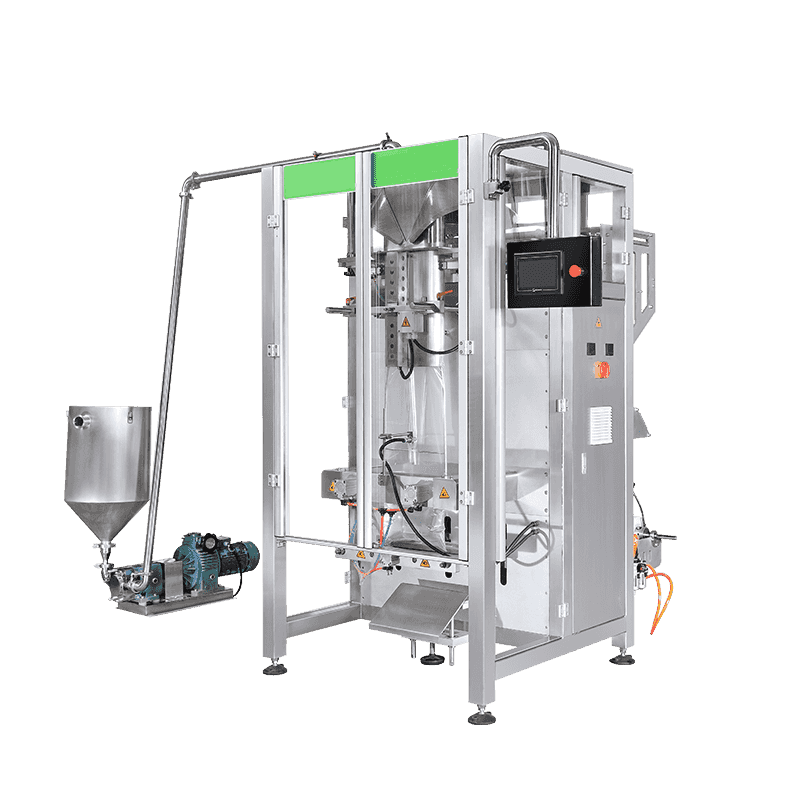
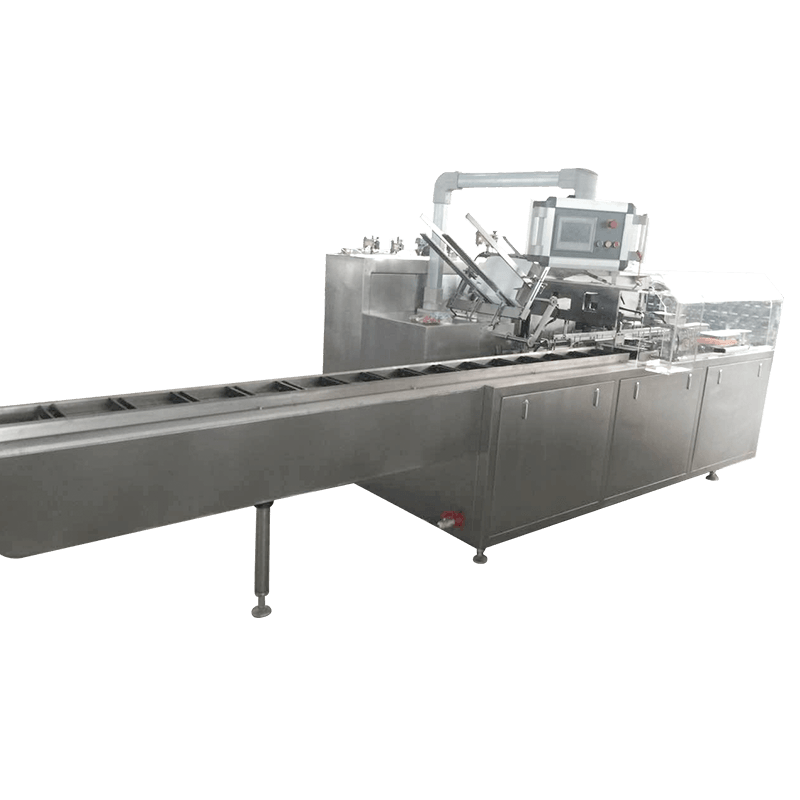
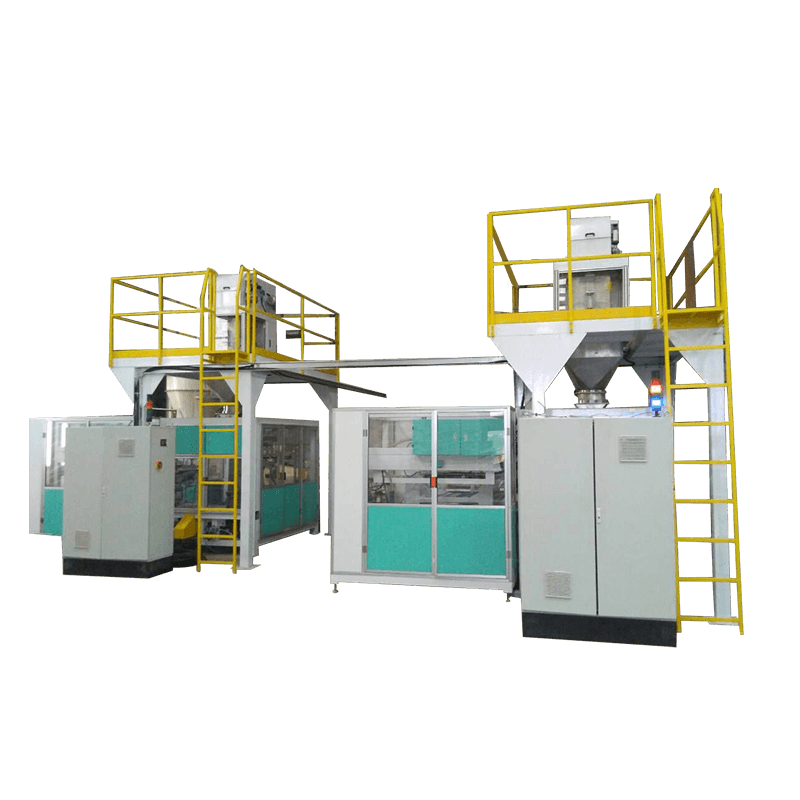
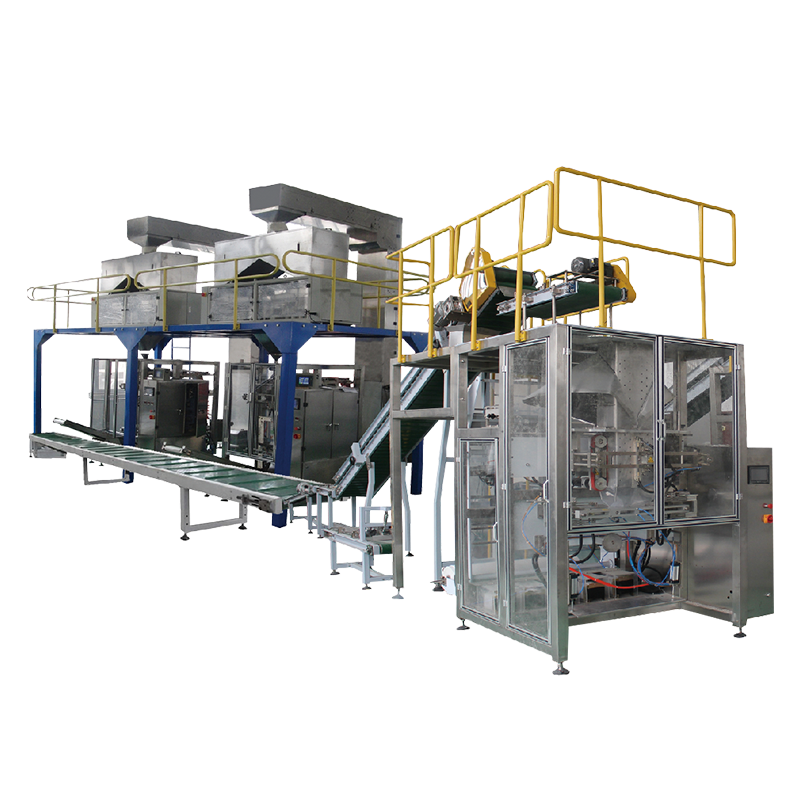
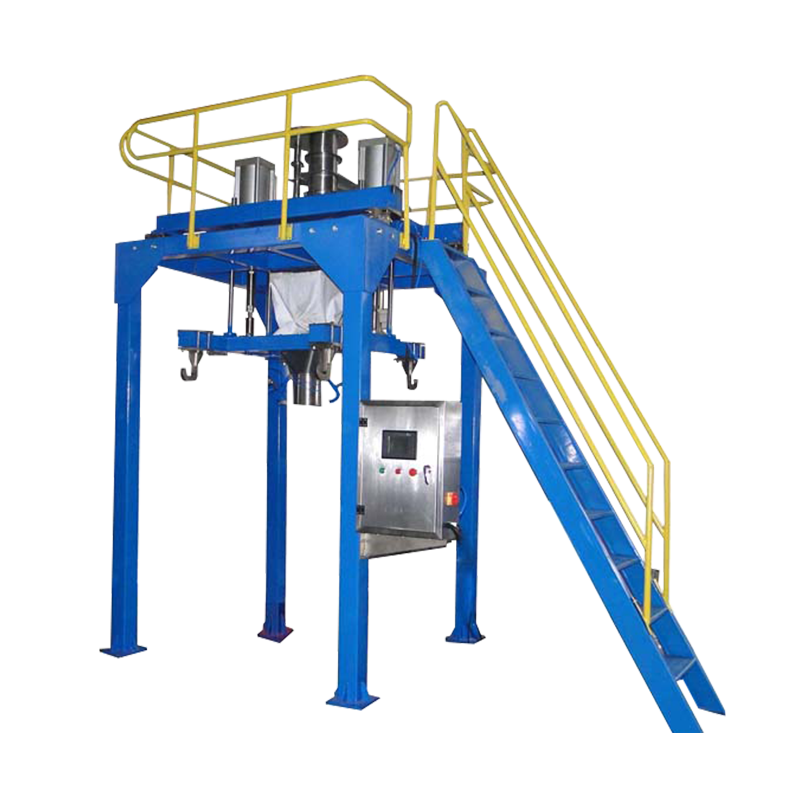
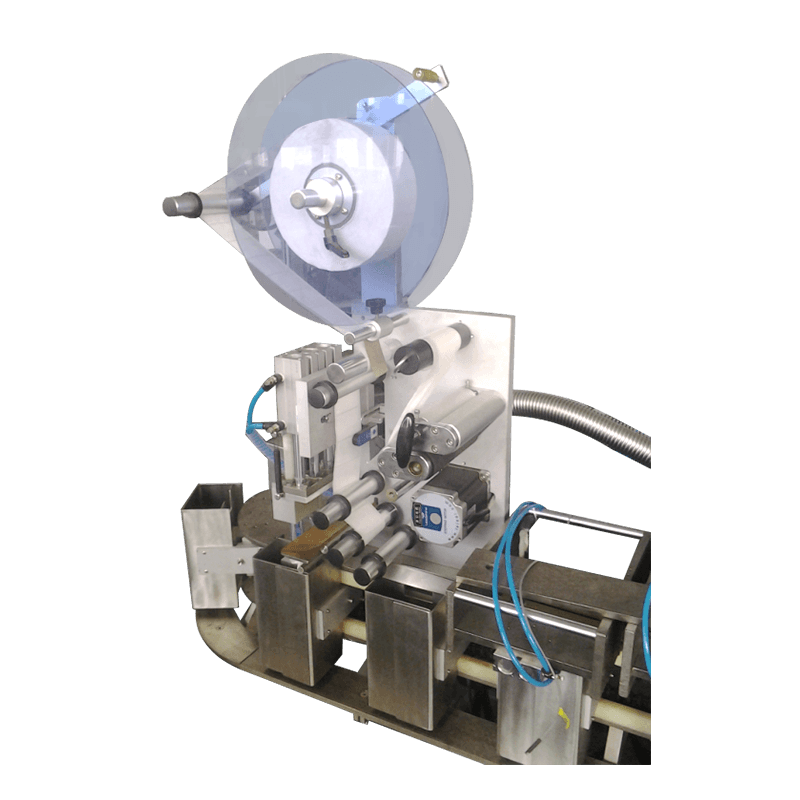
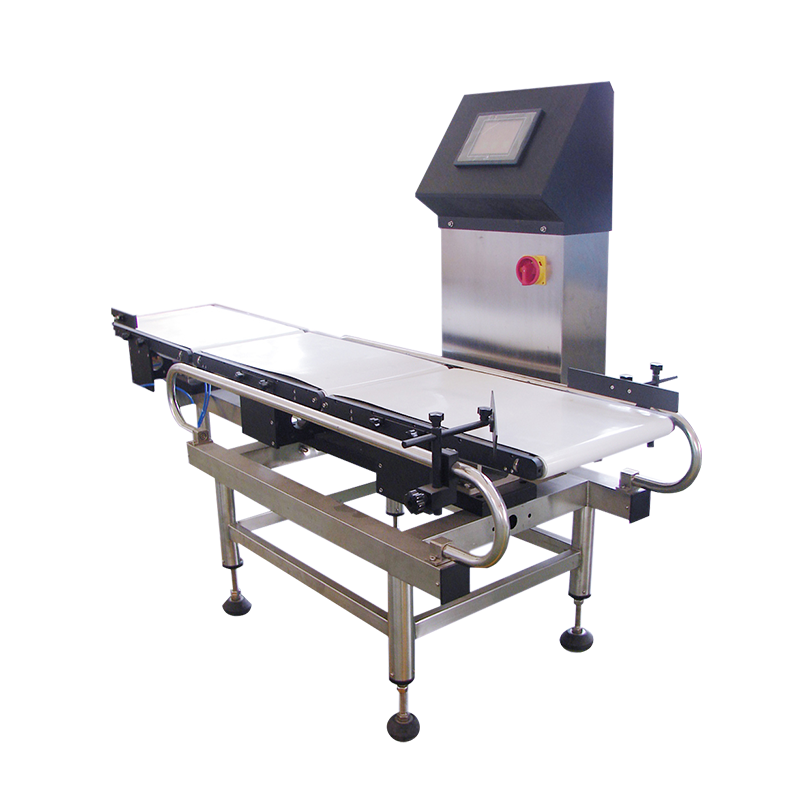
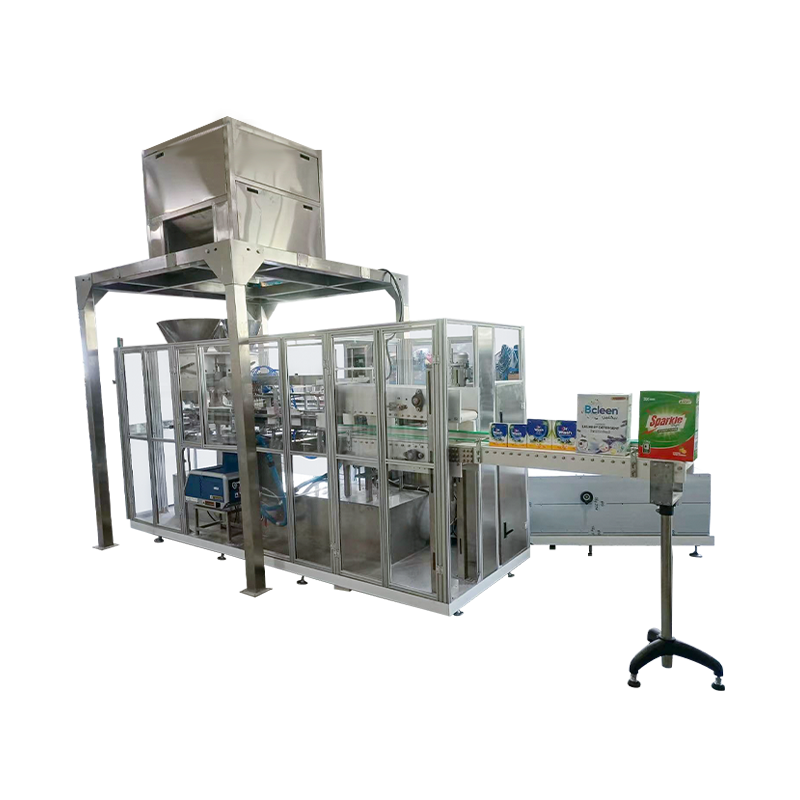

Contact Us